The Luftwaffe was created in 1935 under Reichsmarshall Goering, who was quite keen to establish an elite corps of his own; so in 1936 the German Parachute Corps was established. During the early stages of the war the Fallschirmjäger went from victory to victory in Norway, Holland, and Belgium. In particular at Eben Emael, the allegedly impenetrable Belgian fortress that the men of Fallschirmjäger Regiment 1 (FJR1) captured in spectacular fashion. The invasion of Crete in 1941 was the last mass airborne assault by the Luftwaffe due to numerous reasons; mostly because the casualties were seen as unacceptably high, due to the uncontrollable design of the parachute and the lack of small arms when landing. The Western Allies learned a lot from these mistakes, and capitalised on airborne warfare later in the war. Crete left a black stain on the honour of the Fallschirmjäger, with many war crimes committed against the civilian population. With very few exceptions, after Crete the Fallschirmjäger were used only in an elite infantry role on all fronts, where they were a vital and hard-hitting force for the Wehrmacht.
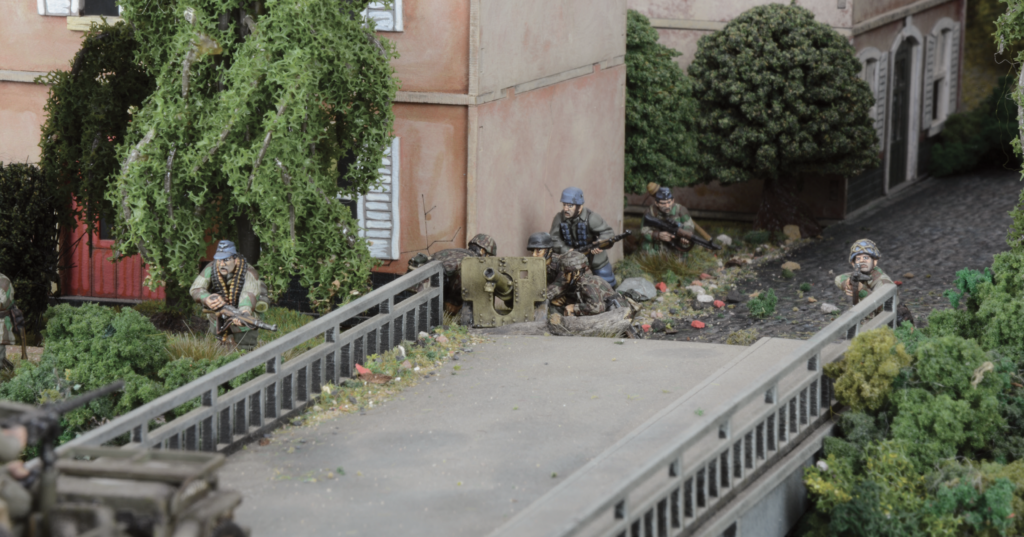
Various Fallschirmjäger formations took part in nearly all the major engagements in Normandy, fighting with determination and valour, distinguishing themselves against the dark backdrop of SS war crimes. Fallschirmjäger formations in Normandy, included the First Parachute Army, II Parachute Corp, 2nd, 3rd, 5th and 6th Divisions, and famously the 6th Parachute Regiment.
Fallschirmjäger formations in 1944 were extremely well trained, led, and equipped. Each Regiment was usually comprised of at least three battalions of three Infantry platoons with machine gun and mortar support platoons, and dedicated artillery and anti-tank companies available as divisional support. Throughout the Normandy fighting Fallschirmjäger units often intermixed with Heer and SS formations, combining to make up for a lack of armour. However, there are numerous reports of mistrust and enmity between Fallschirmjäger and SS Officers.
Fielding the Fallschirmjäger in Normandy-themed games.
Within the pages of the third of the D-Day trilogy of campaign books, US Sector, you’ll find a plethora of new units, rules and theatre selectors to better enable you to use the Fallschirmjäger in D-Day themed games of Bolt Action.
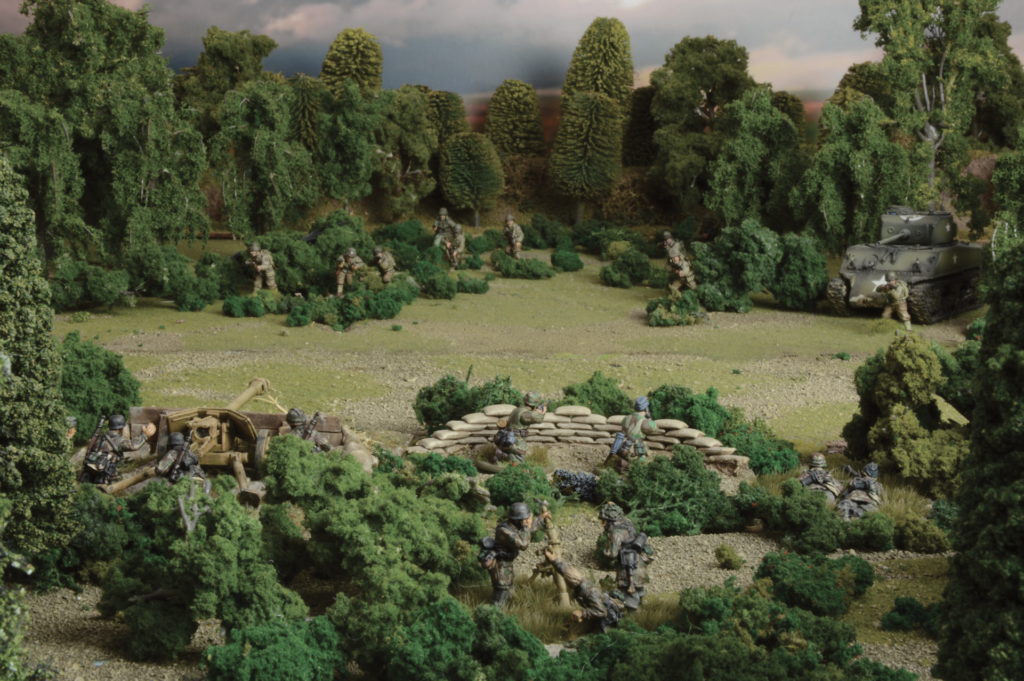
For example, the Fallschirmjäger Scout Squad is a new infantry entry that is tailored specifically to the dense bocage land of the theatre. They disrupted enemy forward reconnaissance and scouts by attacking them first, to then peel back to draw the enemy into killing zones. They were not equipped to maintain this level of forward operations for long, and didn’t stray too far from their own lines. To represent this in game these 4-8 man squads benefit from both the Stubborn and Scouts (enabling setup as per snipers or forward observors) special rules.
When included in a Fallschirmjäger Regiment 6 Reinforced Platoon (one of several Fallschirmjäger-specific theatre selectors found in the book) enemy units are unable to be placed within 24″ of any Fallschirmjäger Scout Squads placed (Counter Reconnaissance tactics special rule). Additionally, the selector confers the Hedgerow Ambush special rule:
Any Infantry squad or Headquarters unit may be upgraded for +3pts per man. Any medium machine gun, panzerschreck team, or anti-tank gun may be upgraded for +10pts. Inexperienced units may not upgrade to Hedgerow Ambush. No unit with a flamethrower may be given this rule (Pioneers aren’t used for ambushing troops!). Units with this rule may deploy in the same manner as observers and snipers, however, they must be deployed in cover. In addition, the unit starts any game Hidden and may elect to start the game in Ambush.
Though this rule is not unique to Fallschirmjäger selectors, its presence in Fallschirmjäger Regiment 6 Reinforced Platoon can be incredibly potent. Should the terrain be in your favour, you’ll be forcing your opponent to make difficult choices before the game even begins.
Von der Heydte’s Fallschirmjäger Regiment 6 (FJR6) were the largest single German force in Normandy numbering, around 10,000 men. Well trained, with exceptional morale, most of the men were young – between the ages of 18–20 –led by hardened veteran officers and NCO’s. Weaponry was not an issue; most Fallschirmjäger platoons were equipped with more machine guns than their Heer counterparts, and indeed were issued with a fair amount of anti-tank guns. However, they lacked substantial mechanical transport, with barely enough trucks to get by. Because of enemy air superiority and the lack of transport, most battles were fought defensively, at which they became expert.
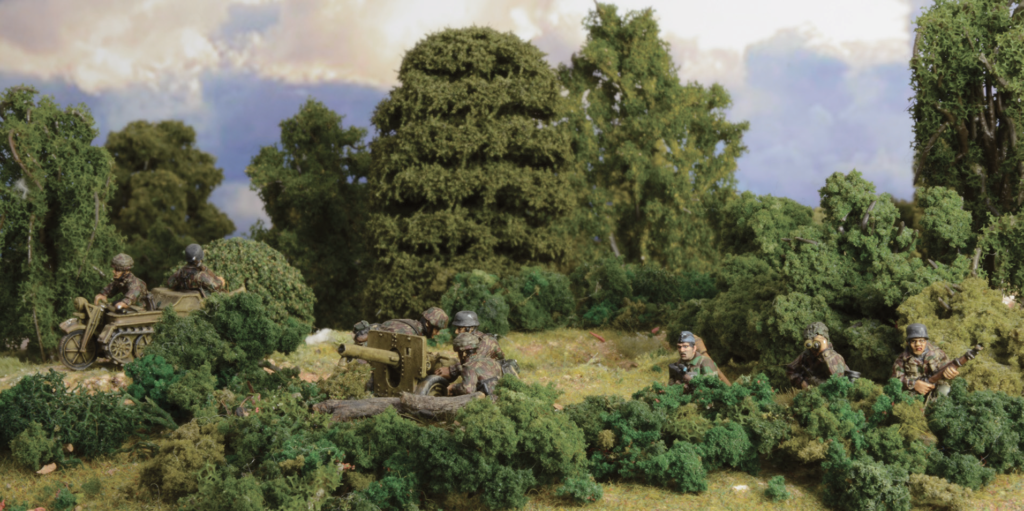
Begin Your Campaign
As with all our Bolt Action plastic infantry, the Fallschirmjäger box set is a versatile tool for building an army YOUR way. Within there are enough components to make 30 Fallschirmjäger, and a whole host of equipment options including: FG42, 15cm Panzerfaust, MP40, MG42, Mauser Kar 98k, bandoliers and hand grenades. Squad sizing and compositions are thus entirely up to you.
If you’re entirely new to collecting Fallschirmjäger you may want to go one step further and begin with the starter army. In addition to the aforementioned superb plastic sprues, you’ll get a number of key weapons teams, artillery and vehicles – capable of making a well-rounded and balanced 1500 point force right out of the box.
Then, once you’ve got to grips with your force and want to customise it further or tailor it for a specific theatre selector, there are many additions you can make. Just check out the extensive Fallschirmjäger collection over on the Warlord Webstore!
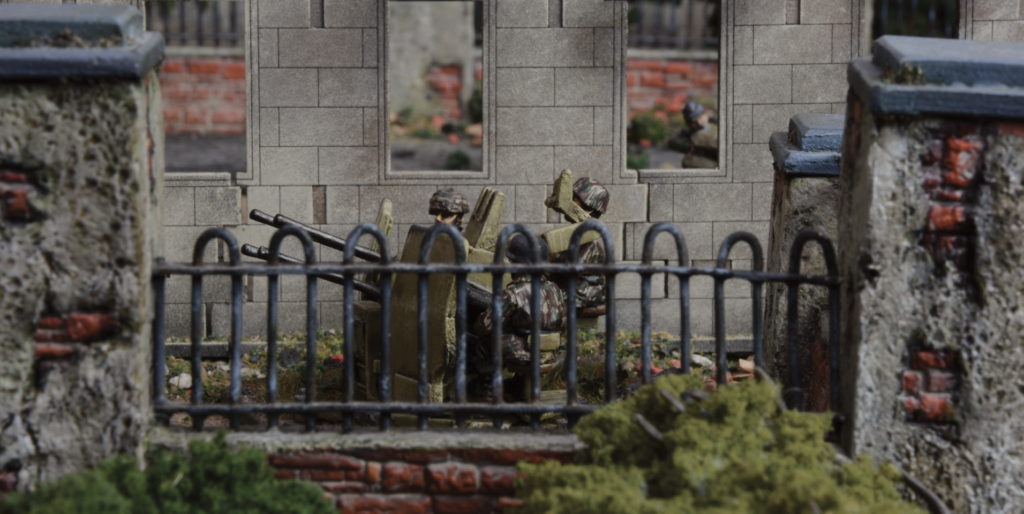

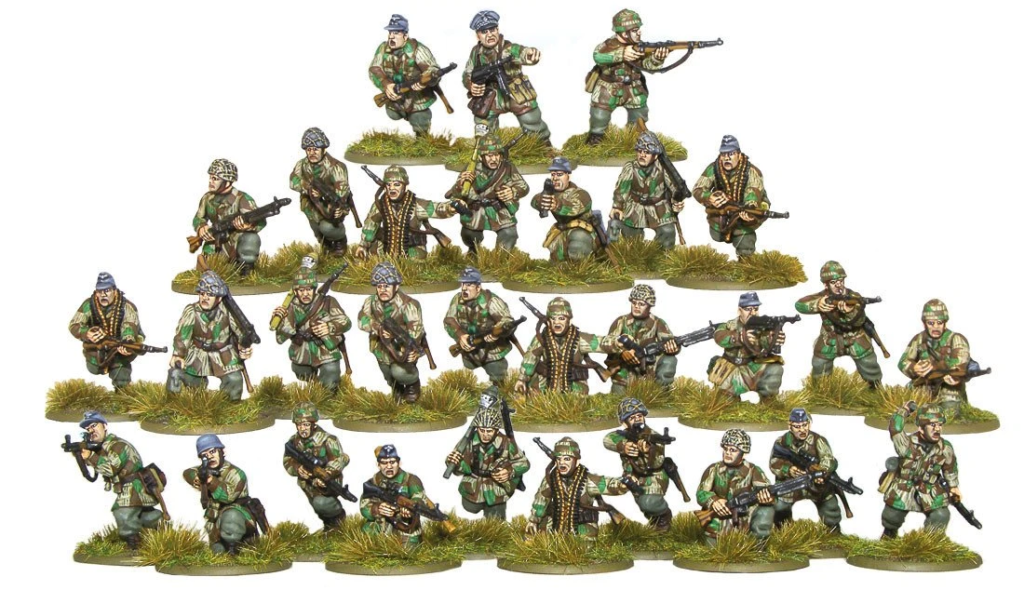
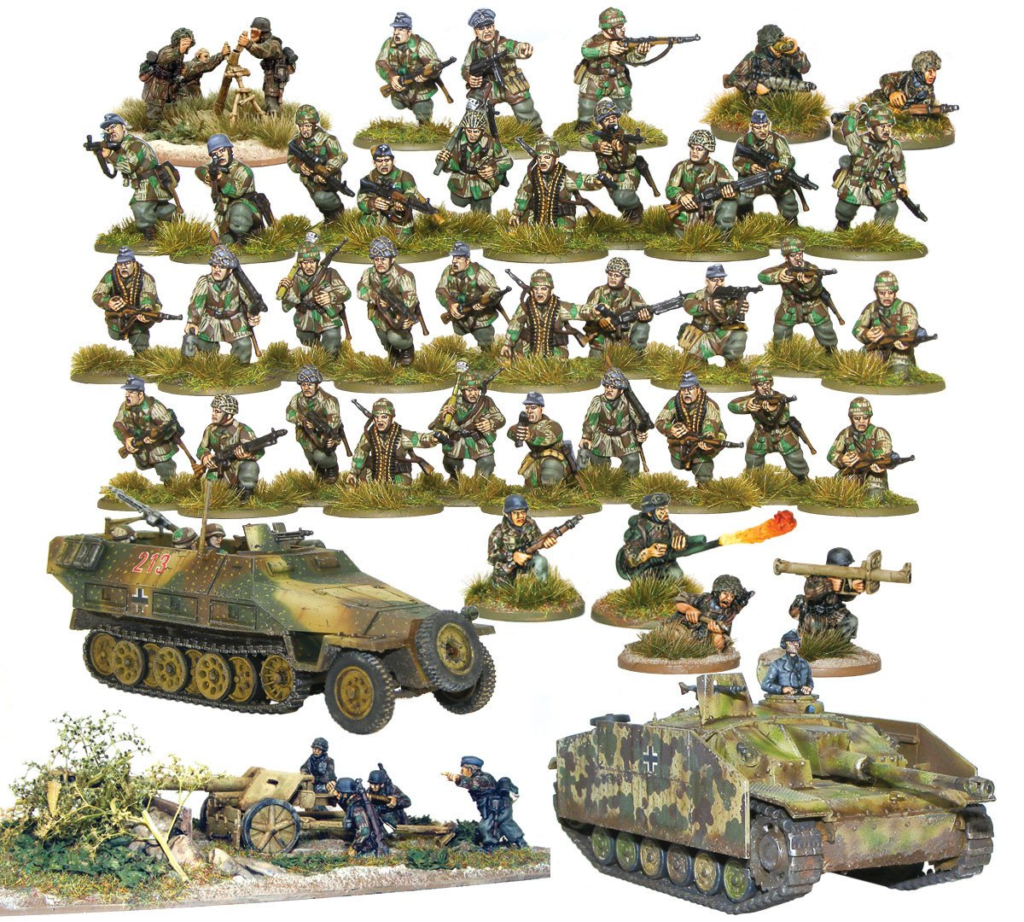
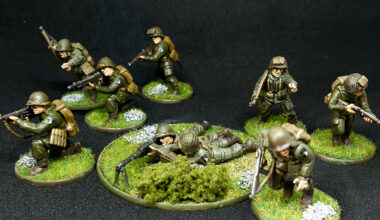
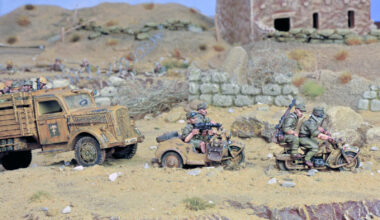
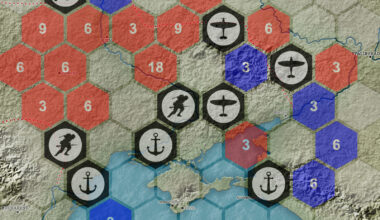
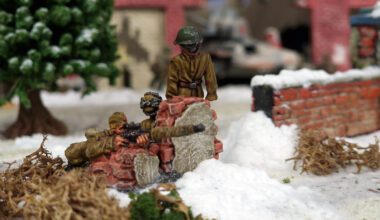
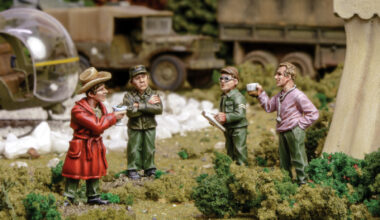
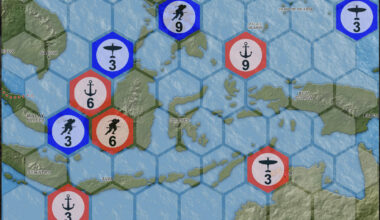
1 comment
The new units snd selectors look, to mis-quote Sean Connery “very shexy”. What’s really attractibg me to this force, new units and selectors aside, is the fact that i have a large Fallschirmjager force but they definately need some more MMGs, Panzerschreks, a Stug III and maybe a captured jeep to (re)start with. Another excellent campaign book, really like it. Well done Warlord Games
Comments are closed.